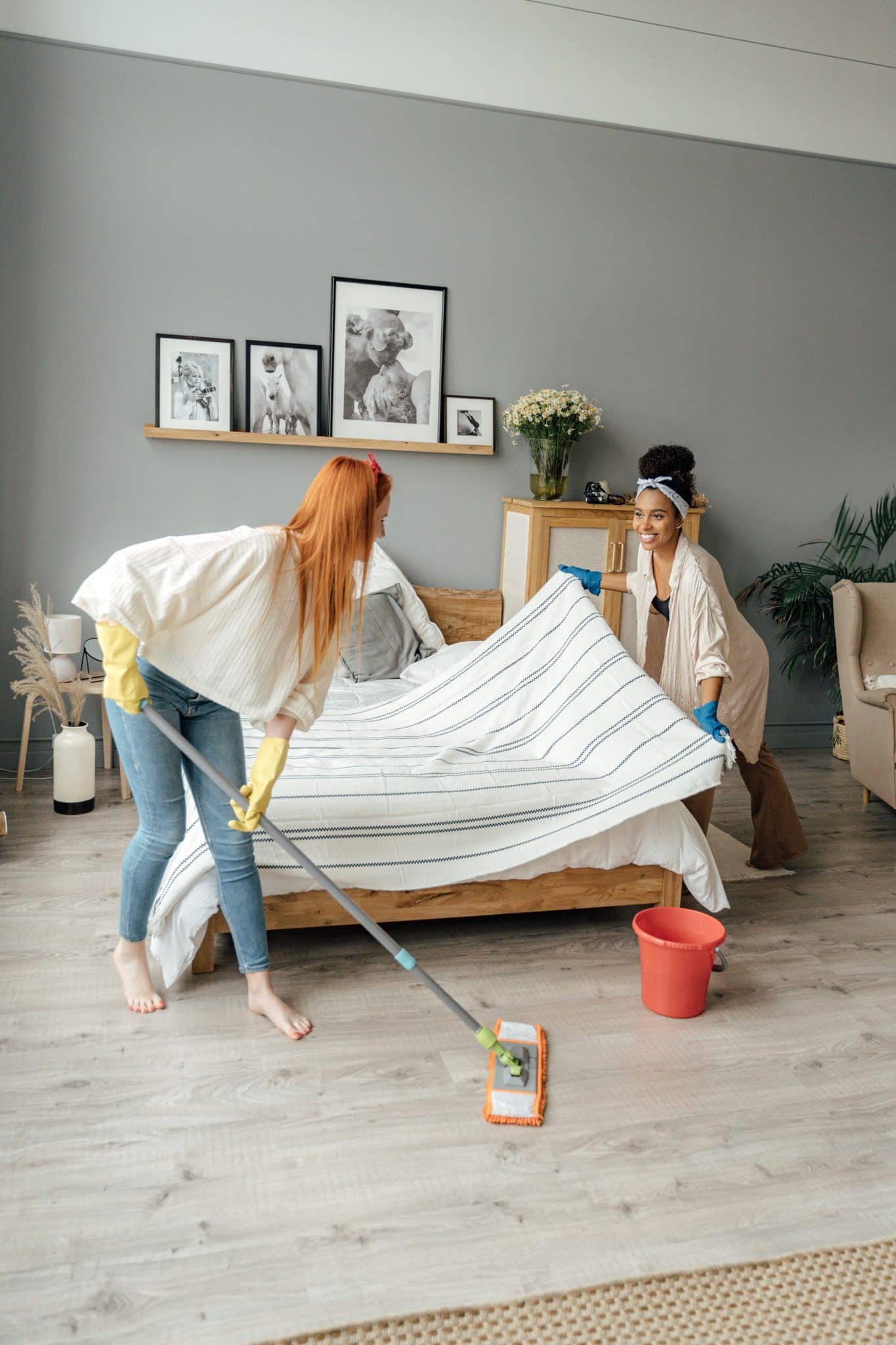Unseen, unprompted, and often out of our initial perception, allergens are the proverbial sneak thieves of our health and well-being, lingering in the corners of our lives and waiting to cause havoc. For homeowners, the presence of allergens can become a silent menace, leading to health issues and discomfort among residents. What makes this subject particularly important is the fact that allergies are on the rise globally, affecting a substantial portion of the population.
Whether it’s the stuffiness that seems to never subside, the sudden rise of a rash on a child’s skin, or the persistent cough that defies over-the-counter remedies, it may very well be the result of allergens hiding in plain sight in our living spaces. But fret not, for knowledge is the most potent shield against these invisible invaders.
Identifying Common Allergens
Before you can minimize the impact of allergens, you must know your enemy. Common household allergens are a motley crew of minuscule particles, often vanishingly small and yet profoundly potent in their capacity to trigger allergic reactions.
- Dust Mites: These microscopic arachnids thrive in warm, humid environments and feast on dead skin cells, a staple household ‘ingredient’.
- Mold: A fungus that grows in damp conditions, mold releases spores that can cause respiratory issues when inhaled.
- Pet Dander: Cats, dogs, and other pets shed dander, a combination of skin flakes and saliva proteins, which can be highly allergenic.
- Pollen: Not confined to the outdoors, pollen can be brought inside on clothes and pets’ fur, often finding a comfortable spot to linger inside.
- Insects: Cockroaches and dust mites are common indoor pests whose waste and body parts can become airborne allergens.
Allergens can enter our homes through various means. Dust mites feed on the dead skin cells we naturally shed, and pollen can hitch a ride on our clothes or through open windows. Controlling the sources of these allergens and minimizing their exposure within our living spaces is the primary battle line we must fortify.
Allergen Hotspots in Living Spaces
Identifying allergen hotspots within the home is critical in creating a healthier living environment. These hotspots are areas where allergens tend to accumulate, often unnoticed, posing continuous exposure risks to residents.
The Bedroom: A Sanctuary for Humans and Allergens Alike
For many, the bedroom is a potential warren of allergens. Dust mites find a haven in bedding and mattresses, and pet dander can coat the surfaces where we sleep, greeting us each night with an insidious assault on our rest.
The Kitchen Dilemma: Where Your Food Isn’t the Only Thing Cooking
Kitchens are a breeding ground for allergens, particularly for those sensitive to mold. Leaky faucets, poorly ventilated areas, and hidden nooks can serve as incubators for these unwelcome guests.
The Air We Breathe: Living Rooms and Common Areas
In shared living spaces, allergens can become communal. High-traffic areas often harbor more dust and pet dander. In addition, the use of upholstered furniture can increase these irritants.
Unexpected Allergen Abodes
While you may expect your floors or furniture to be allergen repositories, there are a few less conspicuous locales to consider:
- Curtains and Blinds: Dust and pet dander settle on these textiles and are often disturbed, becoming suspended in the air when you draw back the drapes.
- Clutter: All sorts of allergens can find shelter in messy spaces, making decluttering an important step to take.
- Indoor Plants: Though they might purify the air, potting soil can become a source of mold if overwatered, providing a potential allergen.
Actionable Steps to Reduce Allergens
Reducing allergens in your living spaces requires a multifaceted approach, combining daily habits with regular home maintenance. Here are a few actionable steps to help you mitigate the presence of allergens:
- Frequent Dusting and Vacuuming: Regular cleaning can significantly reduce the accumulation of dust, pet dander, and other particulates. Use a vacuum with a HEPA filter to trap allergens effectively.
- Control Humidity Levels: Keeping your home’s humidity between 30-50% can deter the growth of mold and dust mites. Dehumidifiers and air conditioners can help maintain optimal humidity levels.
- Wash Beddings Regularly: Washing your bed sheets, pillowcases, and blankets in hot water weekly can kill dust mites and remove allergens.
- Pet Care: Regularly bathing and grooming pets can reduce the amount of dander they shed around the house.
- Mold Testing: For homeowners especially concerned about mold, professional mold testing in Salt Lake City or your locality can identify hidden mold growth. This is particularly vital for those experiencing unexplained allergies or respiratory issues, as it pinpoints the exact locations and types of mold present, allowing for targeted removal.
Implementing these steps can dramatically improve the quality of your indoor air and reduce the health impacts associated with common allergens.
Conclusion
Minimizing allergens in our living spaces requires a proactive approach. Understanding common allergens, identifying hotspots, and implementing regular cleaning and maintenance can greatly improve the air quality in your home. Additionally, seeking professional help for mold testing and removal can provide targeted solutions to reduce allergen exposure. With these measures in place, you can create a healthier environment for yourself and your family. So, take the necessary steps to defend your home against these invisible invaders and enjoy a more comfortable life with fewer allergy symptoms.
